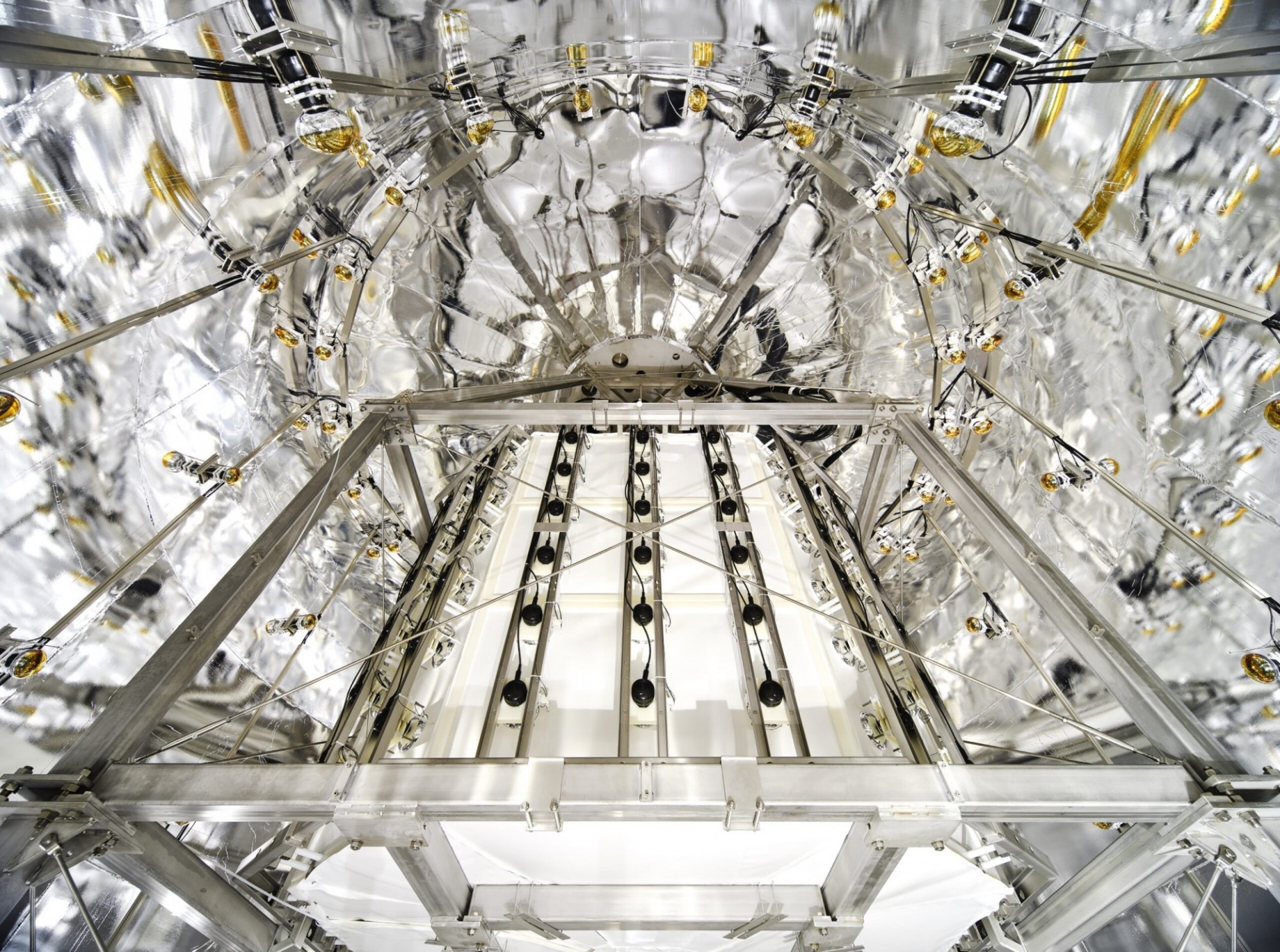First WIMP Search Results from the XENONnT Experiment released by the Aprile Lab!

The XENON collaboration presented today results from XENONnT, the latest-generation experiment of the XENON Dark Matter project dedicated to the direct search for Dark Matter in the form of Weakly Interacting Massive Particles (WIMPs). With an initial exposure slightly larger than 1 tonne x year, a blind analysis shows that the data is consistent with the expectations from the background-only hypothesis. XENONnT thus sets new limits on interaction of WIMPs with ordinary matter. Thanks to the five times lower background, XENONnT improved on the results from the former XENON1T experiment obtained with a similar exposure.
The analysis effort for this first result was led by Knut Dundas Morå in his role as analysis coordinator. Knut is a Postdoctoral Researcher in the group of Prof. Elena Aprile at Columbia's Astrophysics Laboratory and is among the corresponding authors of an article that has been submitted by the XENON collaboration to Physical Review Letters. Its preprint is available at the XENON website (https://xenonexperiment.org/).
The XENONnT experiment was designed to search for dark matter particles with an order of magnitude higher sensitivity than its predecessor. The detector at the core of the experiment is a cylindrical Dual-Phase Xenon Time Projection Chamber (TPC), of approximately 1.5-meter height and diameter, filled with ultra-pure liquid xenon kept at -95°C. A mass of 5900 kg of xenon out of the 8600 kg total required to operate the detector constitutes the active target for particle interactions. It is installed inside a water Cherenkov active muon and neutron veto, deep underground at the INFN Laboratori Nazionali del Gran Sasso in Italy. XENONnT was constructed and subsequently commissioned between spring 2020 and spring 2021 and took this first science data over 97.1 days, from July 6 to November 10, 2021.
The signature of a WIMP interaction with a xenon atom is a tiny flash of scintillation light together with a handful of ionization electrons that are drifted by an applied electric field towards the top of the TPC, where they are extracted by a stronger electric field into the gas xenon above the liquid, producing a second scintillation signal. Both light signals are detected with ultra-sensitive photodetectors, providing energy and 3D position information on an event-by-event basis.
Experiments searching for dark matter require the lowest possible level of natural radioactivity, both from sources intrinsically present in the liquid xenon target and from construction materials and the environment. The former is dominated by radon atoms that are constantly emitted from detector materials and which are extremely difficult to reduce. The XENON collaboration has pioneered the technologies to lower radon to an unprecedented low level, from extensive material selection campaigns to an online cryogenic distillation system that actively removes radon from the xenon. Another important radioactive background comes from neutrons that are generated by the radioactivity of detector materials. In XENONnT, its impact has been reduced by a novel neutron veto detector installed inside the water tank around the xenon cryostat, which allows for recognition and removal of those neutron events that can otherwise mimic the WIMP signature. The XENONnT detector is so sensitive to rare interactions that even neutrinos, the most elusive particles known so far, have to be considered in the background model.
With this result, XENONnT strengthens previous constraints already with a first short exposure. Elena Aprile, Professor at Columbia University and XENON's spokesperson says: "I am really excited about our new results. They prove that the detector is performing with world-leading sensitivity, and many years of data taking are ahead of us with new physics yet to discover."
XENONnT is collecting more data, with improved detector conditions and an even lower background level due to a further improvement of the radon control and online removal system, aiming for an increased WIMP sensitivity over the following years.
More information on the XENON project can be found at https://xenonexperiment.org/